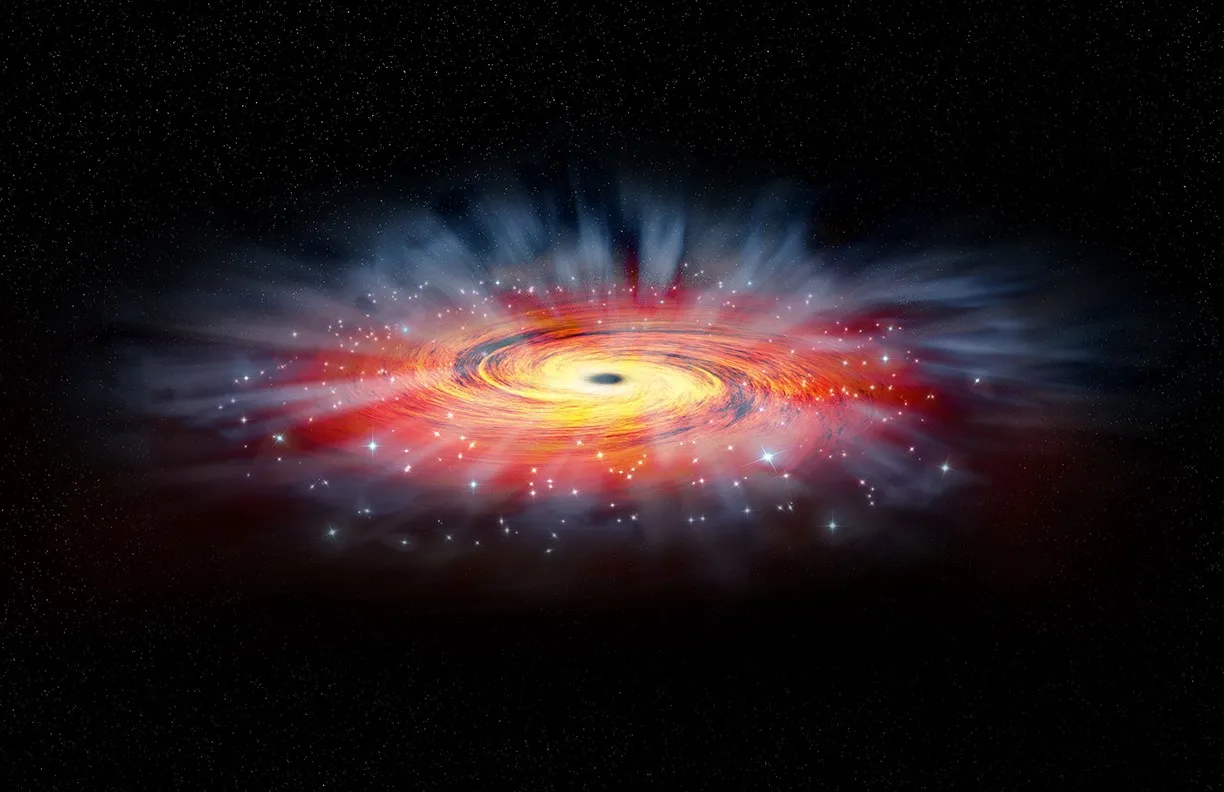How the universe started and how it might end is discussed in this chapter.
Most scientists agree that the universe started in an expansion called the Big Bang. The model for this is called the "hot big bang model". When the universe starts getting bigger, the things inside of it also begin to get cooler. When the universe was first beginning, it was infinitely hot. The temperature of the universe cooled and the things inside the universe began to clump together.
Hawking also discusses how the universe could have been. For example, if the universe formed and then collapsed quickly, there would not be enough time for life to form. Another example would be a universe that expanded too quickly. If a universe expanded too quickly, it would become almost empty. The idea of many universes is called the many-worlds interpretation.
Inflationary models and the idea of a theory that unifies quantum mechanics and gravity also are discussed in this chapter.
Each particle has many histories. This idea is known as Feynman's theory of sum over histories. A theory that unifies quantum mechanics and gravity should have Feynman's theory in it. To find the chance that a particle will pass through a point, the waves of each particle needs to be added up. These waves happen in imaginary time. Imaginary numbers, when multiplied by themselves, make a negative number. For example, 2i X 2i = -4.